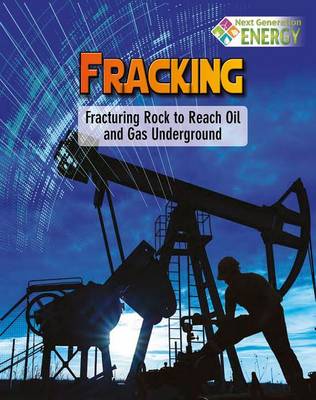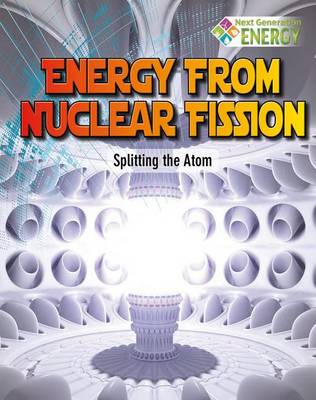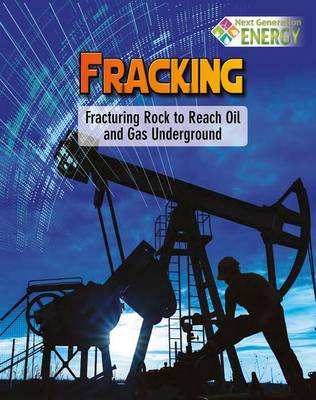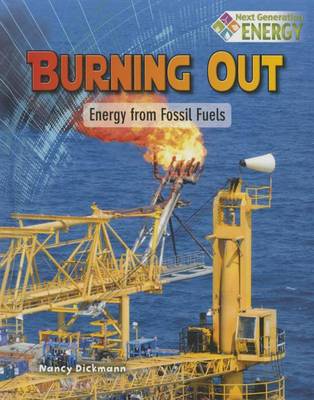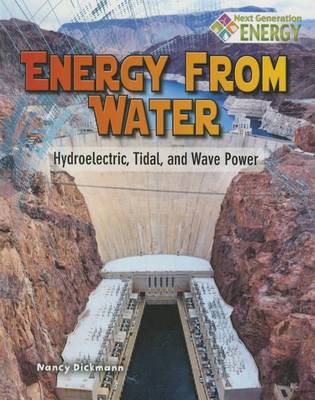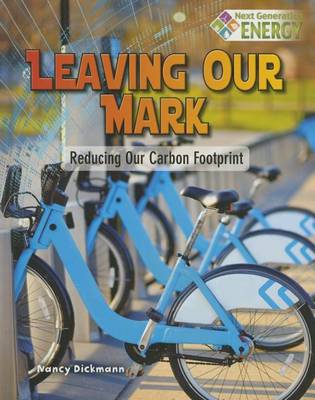Next Generation Energy
6 total works
Fracking Fracturing Rock to Reach Oil and Gas Underground
by Nancy Dickmann
Published 22 August 2015
Oil and gas trapped underground can only be reached by drilling deep beneath the oceans and the ground. But these deposits may soon dry up. One alternative being considered is fracking, which requires fracturing the rock underground. Discover how people use fracking to harness the before-unreachable supplies of gas and oil beneath Earth’s surface, the challenges of this form of mining, and the controversies surrounding it.
More people live on the planet than ever in its history—and they all need energy. One of the ways in which we can meet this increasing demand for energy is through nuclear power. Nuclear power stations do not drain our planet of its resources and can supply a seemingly limitless source of energy. Discover more about nuclear energy, how it is created and harnessed, and the controversies and challenges that surround it.
Fracking: Fracturing Rock to Reach Oil and Gas Underground
by Nancy Dickmann
Published 22 August 2015
Grade level: 2, 3, 4, p, e, i.
This important book shows how the use of fossil fuels is changing Earth s climate and what scientists are doing to find sustainable forms of energy that will secure our planet s future. We live in an energy-rich age that relies heavily on the burning of fossil fuels. We burn fossil fuels to power our vehicles, factories, and even our power stations, which burn fossil fuels to create the electricity needed to light and heat our buildings. The result is a buildup of carbon dioxide into Earth s atmosphere. Find out how carbon dioxide overload is making our planet hotter and hotter and what is being done to fight global climate change.
Energy from Water: Hydroelectric, Tidal, and Wave Power
by Nancy Dickmann
Published 15 February 2016
For centuries, falling water has been used in parts of the world to create energy to run grinding stones at mills and irrigation systems for crops. This interesting book shows how the use of this clean form of energy, called hydroelectricity, is being expanded to help us build a more sustainable future. Discover how other forms of water-based energy, such as energy from ocean waves and tides, are being harnessed and used to help create electricity to power our homes, offices, and factories.
Human activity often leaves a trail of harmful carbon behind that directly impacts our planet. This informative book describes how every individual produces a carbon footprint by using energy made by burning fossil fuels and by creating waste from packaging that gets thrown away. Find out how to measure your own carbon footprint and see what effect you are having on Earth. Learn about new developments being made to reduce the amount of carbon we create and what steps you can take to make your own "footprint" smaller.
